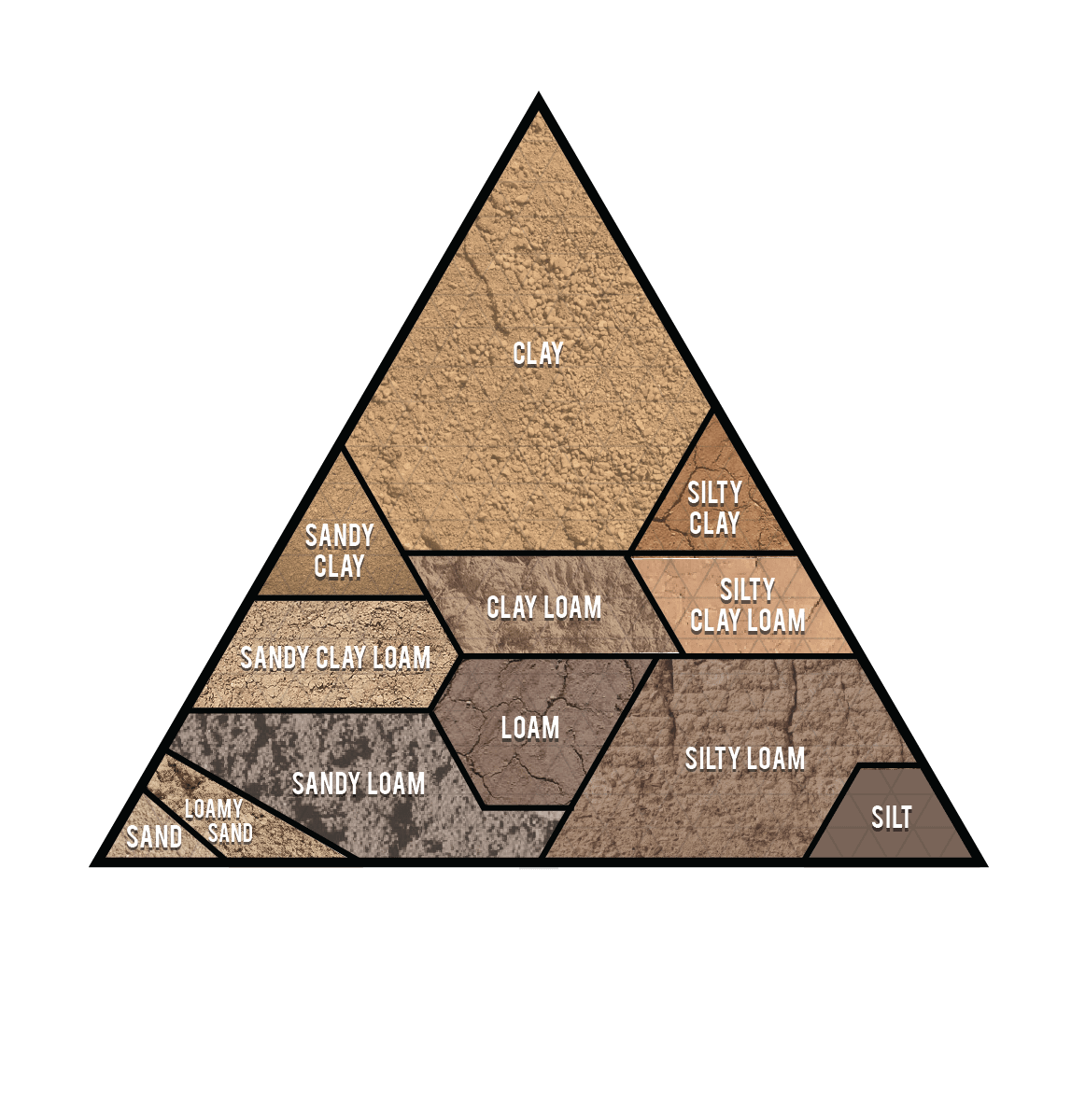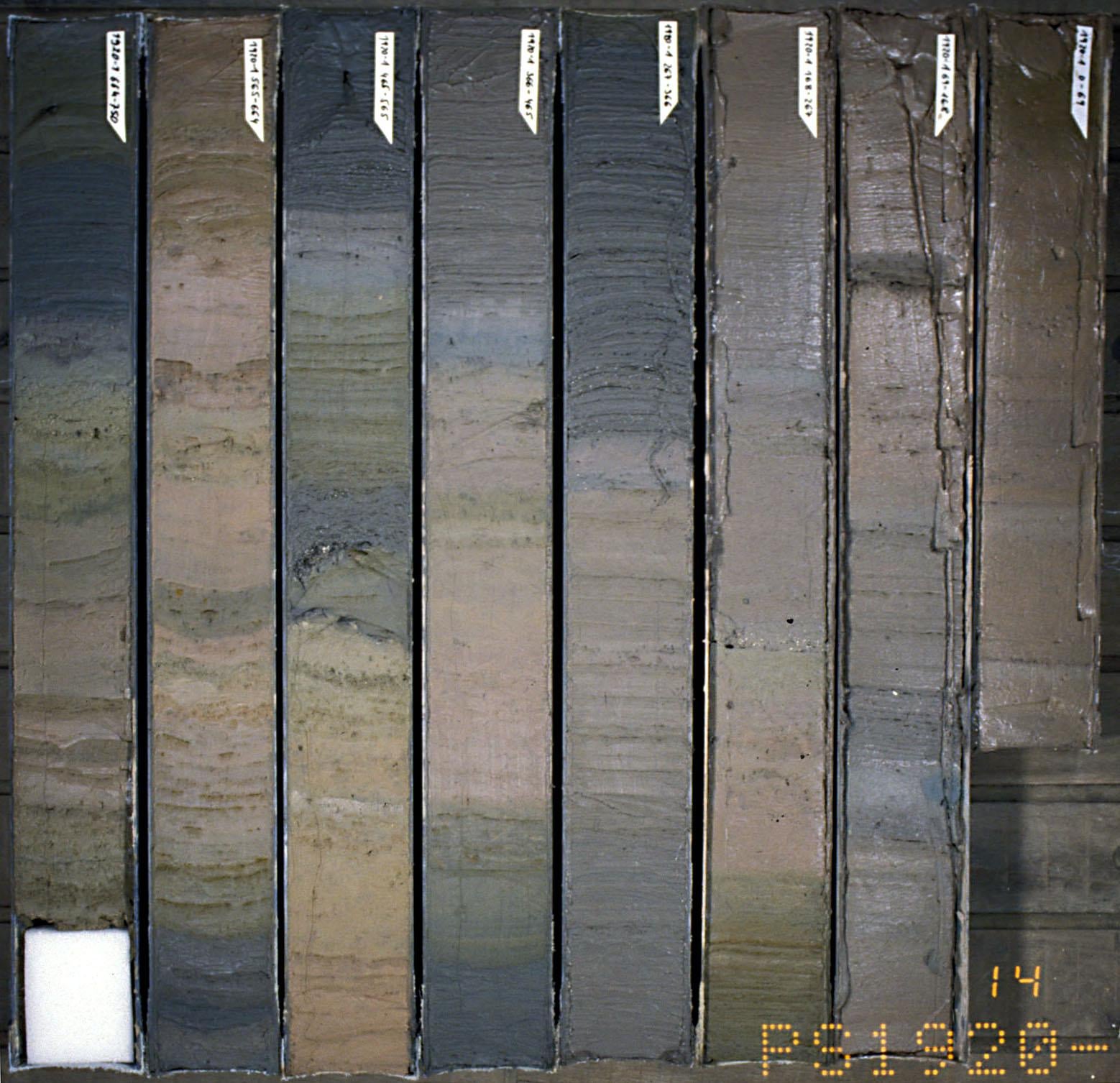Humic acid (HA), a fairly stable product of decomposed organic matter that consequently accumulates in ecological systems, enhances plant growth by chelating unavailable nutrients and buffering pH. We examined the effect of HA derived from lignite on growth and macronutrient uptake of wheat (Triticum aestivum L.) grown in earthen pots under greenhouse conditions. The soils used in the pot experiment were a calcareous Haplustalf and a non-calcareous Haplustalf collected from Raisalpur and Guliana, respectively, in Punjab Province, Pakistan. The experiment consisted of four treatments with HA levels of 0 (control without HA), 30, 60, and 90 mg kg^−1^ soil designated as HA0, HA1, HA2, and HA3, respectively. In the treatment without HA (HA0), nitrogen (N), phosphorus (P), and potassium (K) were applied at 200, 100, and 125 mg kg^−1^soil, respectively. Significant differences among HA levels were recorded for wheat growth (plant height and shoot weight) and N uptake. On an average of both soils, the largest increases in plant height and shoot fresh and dry weights were found with HA2 (60 mg kg^−1^ soil), being 10%, 25%, and 18%, respectively, as compared to the control without HA (HA0). Both soils responded positively towards HA application. The wheat growth and N uptake in the non-calcareous soil were higher than those of the calcareous soil. The HA application significantly improved K concentration of the non-calcareous soil and P and NO3-N of the calcareous soil. The highest rate of HA (90 mg kg^−1^ soil) had a negative effect on growth and nutrient uptake of wheat as well as nutrient accumulation in soil, whereas the medium dose of HA (60 mg kg^−1^ soil) was more efficient in promoting wheat growth.
In the treatment without HA (HA0), nitrogen (N), phosphorus (P), and potassium (K) were applied at 200, 100, and 125 mg kg^−1^soil
What about HA1 to 3? Great stuff by the way! How did you extract the HA? Or was that bought? Is there some type of specification for different HA types?

